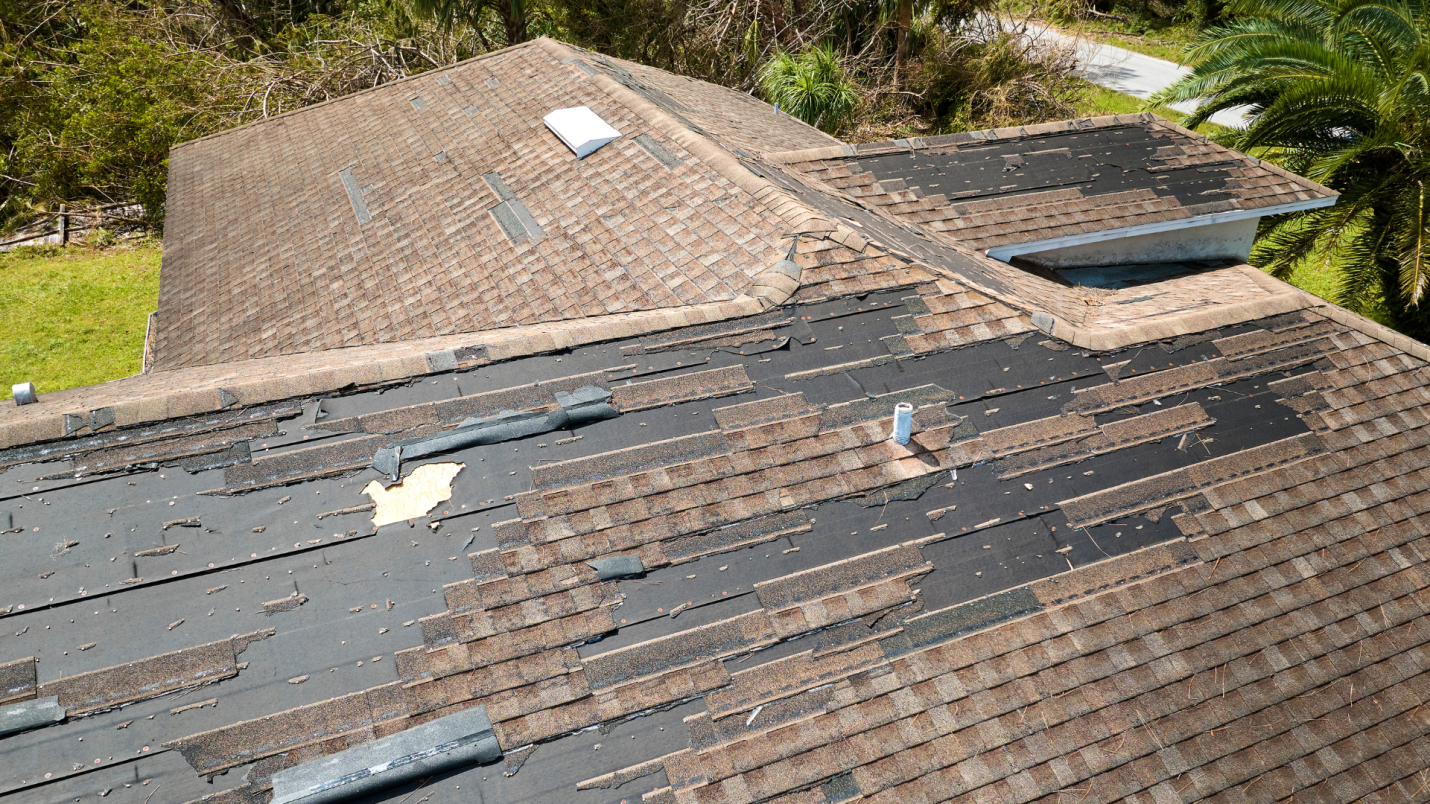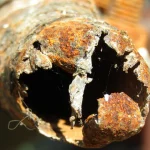
Storms can be unpredictable and unforgiving, bringing with them a mix of wind, water, and debris that can compromise the safety and integrity of your home. While some storm damage is immediately obvious—like a fallen tree or broken window—other types are more subtle and can go unnoticed until they turn into major problems. Understanding the most common types of storm damage and how to spot them early is key to protecting your property and preventing costly repairs down the road.
Here are five common types of storm damage and how to recognize them before they escalate.
1. Roof Damage
Your roof is the first line of defense against the elements, so it’s no surprise it’s also one of the most vulnerable parts of your home during a storm. High winds, heavy rain, and hail can all cause damage ranging from missing shingles to structural breaches.
Signs to look for early:
- Missing or curled shingles
- Granule buildup in gutters
- Leaks or water stains on ceilings or attic
- Debris buildup that could block drainage
Even if your roof appears intact from the ground, there may be hidden damage. A visual inspection from a safe height—or better yet, by a professional—can help identify issues before they lead to water infiltration or structural weakening.
2. Water Damage and Flooding
Water damage is one of the most common and destructive forms of storm damage. Whether it’s from heavy rainfall, rising floodwaters, or a leaking roof, water can seep into walls, floors, insulation, and electrical systems. Once inside, it creates the perfect environment for mold growth and structural decay.
Early signs of water damage include:
- Damp or musty odors
- Warped flooring or bubbling paint
- Discoloration on walls or ceilings
- Increased indoor humidity
Catching water damage early can make a significant difference in how extensive and expensive the repairs will be. Moisture meters and thermal imaging tools are often used during a professional storm damage restoration service to uncover hidden dampness.
3. Wind Damage
Strong winds can do more than just knock over patio furniture—they can tear off siding, break windows, dislodge roofing materials, and send debris flying into your home. Wind damage might not always be easy to spot at first glance, especially if it affects areas that aren’t easily visible, like the roof or upper siding.
How to identify wind damage early:
- Check for loosened or missing shingles and flashing
- Inspect siding for cracks, gaps, or dents
- Look for broken fencing or displaced outdoor structures
- Examine trees around your home for snapped limbs or signs of leaning
Even minor wind damage can expose your home to further weather-related risks if left unaddressed. After a strong storm, take the time to inspect your property carefully and document any potential problem areas.
4. Hail Damage
Hailstorms can cause significant damage in a matter of minutes. While larger hailstones obviously cause more destruction, even smaller ones can lead to long-term issues if they strike the right places—like your roof, gutters, or windows. Unfortunately, hail damage can often be hard to detect until it causes a leak or performance problem.
Early hail damage indicators include:
- Small divots or bruises on roofing shingles
- Dents on gutters, downspouts, or siding
- Cracked window panes or damaged seals
- Pockmarked vehicles or outdoor equipment
If a hailstorm hits your area, it’s a good idea to perform a full visual inspection afterward—even if you don’t immediately notice any major issues. Insurance claims for hail damage are common, and early documentation can be essential.
5. Foundation and Structural Shifts
Heavy rain and flooding can oversaturate the soil around your home’s foundation, leading to erosion or even shifting. In extreme cases, this can cause cracks in the foundation, walls, or basement flooring. Structural movement can also result from fallen trees, high-impact debris, or repeated exposure to intense storms.
Warning signs to watch for:
- New cracks in foundation walls or floors
- Doors and windows that suddenly stick or don’t close properly
- Uneven floors or tilting structures
- Pools of water near the foundation after rain
Foundation damage is serious and can threaten the entire structure of your home if not addressed promptly. If you notice any of these signs after a storm, a professional inspection should be scheduled as soon as possible.
Conclusion: Spot Problems Early, Act Fast
Storm damage isn’t always as dramatic as a downed tree or a flooded basement. In many cases, the most serious damage starts small and quietly—hidden behind walls, on rooftops, or beneath the soil. That’s why early detection is so important. By regularly inspecting your home after a storm and knowing what to look for, you can catch potential problems before they spiral into costly repairs or safety hazards.
Whether the issue is water, wind, hail, or structural weakening, fast action and professional support can make all the difference in protecting your property and peace of mind.







